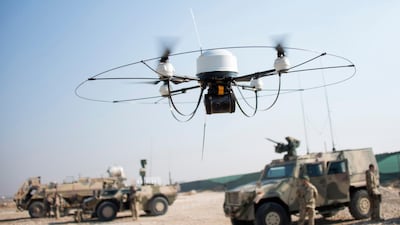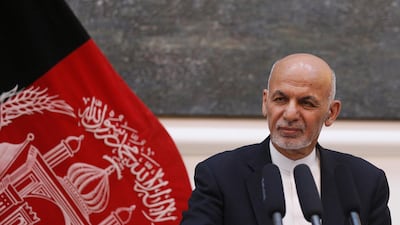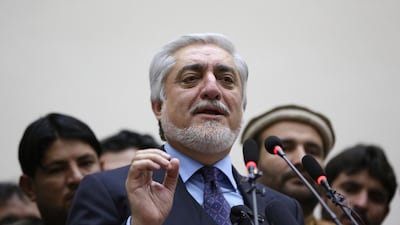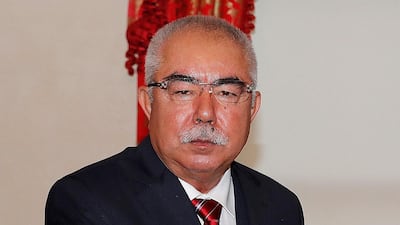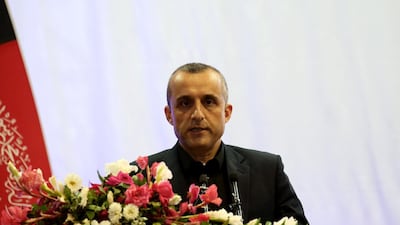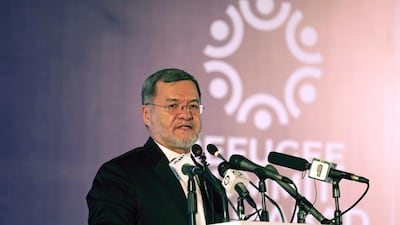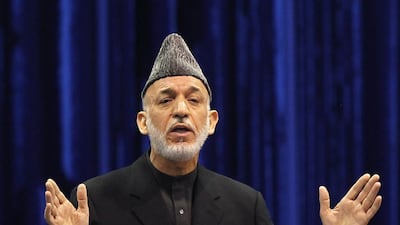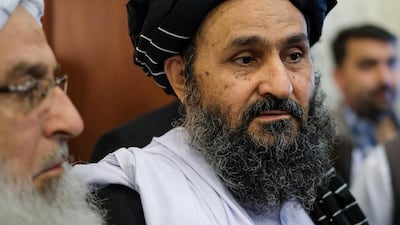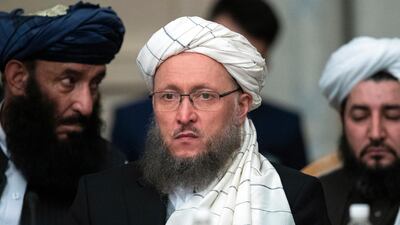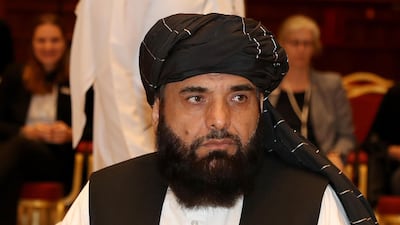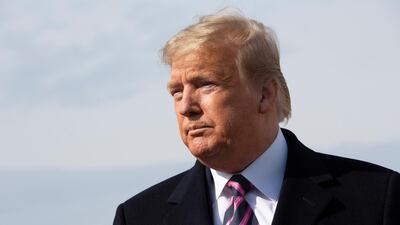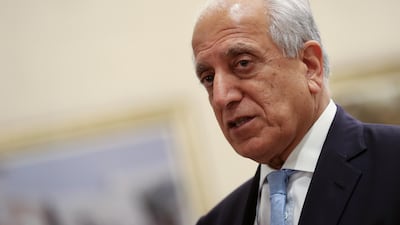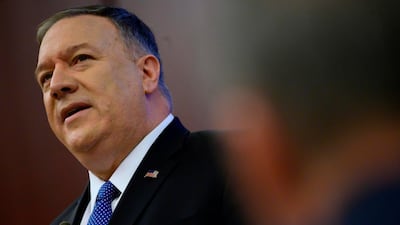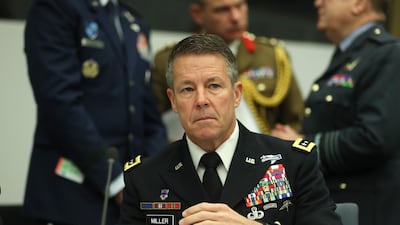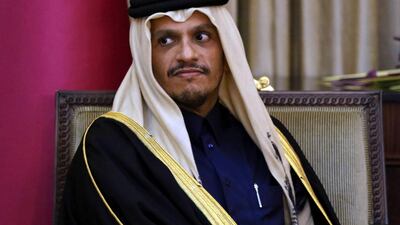When Lieutenant Mohammad Amin and his comrades first spotted small drones near their checkpoint early last year, they dismissed them as toys used by children in the city close by. “These were toy drones, operated remotely through smartphones,” said Lt Amin, who is using a pseudonym for fear of Taliban reprisals.
But they soon realised the drones were being operated by Taliban fighters close to their post, a strategic checkpoint north-east of the provincial capital of Kunduz. The northern Afghan province has fallen to several Taliban sieges in the past three years.
“We noticed several times that the besarnisheen were being used for videos recording the Afghan security forces, and later for targeting us,” he said, using the Dari word for unmanned drones.
Afghan soldiers have shot down many of these devices only to find they were not military-grade drones but instead commercially available quadcopters used for surveillance, modified to carry small explosives that were dropped on Afghan bases.
“Once we shot one of the besarnisheen and next time they sent one with a mortar attached. It fell on our base and detonated, killing one of our soldiers and injuring one other,” he said.
Military drones have long been used in Afghanistan, especially by the US forces, and have been credited with keeping the war in favour of the Afghan government. Foreign forces conduct regular attacks on Taliban areas and posts using drones but increasingly in the last year, the Taliban have also adopted the practice in attacks across the country, albeit with commercial rather than military-grade models.
Drone attacks similar to the one described by Lt Amin were reported in checkpoints across Logar, Balkh, Paktia and Faryab provinces in the past three months. In one incident, reported in November by the New York Times, an explosive was dropped inside the Kunduz governor's compound, killing four soldiers and injuring six who were playing volleyball on the grounds.
While the drones used by the Taliban aren’t as sophisticated as those given to the Afghan forces by the US, experts say they can still be quite dangerous.
“Not only does it provide the Taliban with pseudo air-support, but it also allows them to inflict harm against ANDSF (Afghan National Defence Security Forces) without putting any of their foot soldiers’ lives in danger,” said Saber Ibrahimi, researcher at the Centre on International Co-operation.
The Taliban drone attacks also show a lack of intent from the insurgent group towards peace, Mr Ibrahimi said.
“There has been an increasing number of reports about the Taliban drone attacks after the US-Taliban deal in February in Doha and during the first round of intra-Afghan talks. It can be indicative of the Taliban’s resolve to fight and their readiness to adapt to new war tech to prolong the conflict,” he reasoned.
The drone attacks also follow a similar pattern to those conducted by ISIS in Iraq, said Jonathan Schroden, director at CNA, a non-profit research and analysis organisation.
“ISIS used them very effectively in northern Iraq – there was a period of months where even US troops were under serious threat from these,” he said. “Frankly, I’ve been amazed that they haven’t been doing more of this to date, given how prevalent it was in Iraq and how widely reported that was.”
Already, accounts associated with the Taliban on social media have boasted of their “drone capabilities”, with the devices used for surveillance as well as attacks. One tweet last week by a Taliban account said the insurgents “henceforth planned to use drones to conduct targeted attacks on senior government officials”.
“Given that the ANDSF is spread out over more than 10,000 small checkpoints and forward operating sites, it would be very hard to defend them all from this threat,” Mr Schroden said. He sounded a warning of more such attacks in the coming months.
In an address to the Afghan parliament last November, Afghan spy chief Ahmad Zia Shiraj acknowledged the growing nuisance of modified drone attacks by the Taliban.
“The drones they are using are sold in the market, and are camera drones,” Mr Shiraj said.
The National Directorate of Security, Afghanistan’s spy agency, was seeking to stop the import of camera drones to Afghanistan, he said.
But Mr Ibrahimi urged the government to trace the origins of these devices and intercept them at the borders.
“If the government has enough evidence, Afghan officials should also lodge a formal complaint to the United Nations and other international fora against those who supply drones and other weapons to the Taliban,” he said.
While these attacks may not have inflicted much damage to the Afghan forces, security experts insisted they are still a cause for concern. Lt Amin admitted the attacks were intimidating.
“Sometimes it seems the Taliban has a professional team and system [and] that they are now using the drones controlled by computers and smartphones to target the Afghan forces,” he said.
“These drones may be harmless but can create fear within Afghan forces. There is a psychological element of fear at work.”
